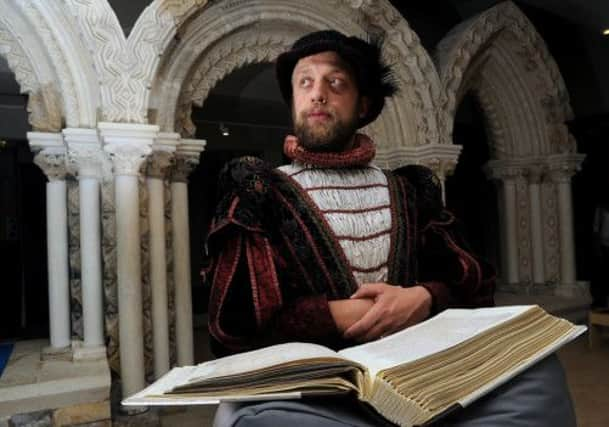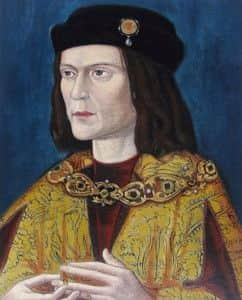Richard’s city bids to put flesh on bones of his legend


But with the discovery of the last Yorkist king’s remains under a council car park in Leicester in one of the most extraordinary archaeological finds in recent years, the debate has captured a far wider audience.
A year-long programme of events has been drawn up to celebrate the sudden surge in interest surrounding Richard and his life which is intrinsically linked to Yorkshire.
Advertisement
Hide AdAdvertisement
Hide AdThe Richard III: Rumour and Reality initiative aims to shed new light on the monarch, whose troubled two-year reign up until 1485 was plagued by revolts and the legend of the Princes in the Tower.


It is thought to be the largest collaboration of its kind, and will be centred on York, the city which played a key role in establishing Richard’s power base in the North of England.
Events led by archaeologists, historians and curators will probe York’s wealth of documentary evidence, artefacts and buildings which Richard himself visited, to celebrate the Plantagenet monarch’s connections and relationship with the city and the county.
Alongside a series of summer events, the first six months of the programme will be dominated by academic research into the myth and legend surrounding Richard, while activities in 2014 will focus on his reign and relationship with York.
Advertisement
Hide AdAdvertisement
Hide AdThe city’s Yorkshire Museum holds exhibits linked to Richard including the Middleham Jewel, a 15th century golden pendant unearthed by a metal detectorist near Middleham Castle, which was the monarch’s childhood home.
The pendant will be among the artefacts in an exhibition dedicated to Richard, which will also include a facial reconstruction that has been based on a CT scan of the remains found in the dig in September last year under the car park, built over the choir of the Grey Friars Church in Leicester.
The York Museums Trust’s head curator, Andrew Morrison, said: “I do not believe we are going to know the whole truth about Richard and his reign, but it is about provoking a debate.
“The pub down by the river in the city centre is the King’s Arms, and which monarch is on the sign? It would be great to think that people will sit down over a pint on a summer’s evening and discuss a bit of 15th century politics.
Advertisement
Hide AdAdvertisement
Hide Ad“It is no different to the discussions about David Cameron or George Osborne these days – history and politics may appear boring, but we want to show that it is about the people who are involved.
“We want to spark a debate, and we want people to feel passionate about Richard III and discuss exactly what he meant to York and Yorkshire.”
But the commemoration and analysis of Richard’s life come amidst the ongoing controversy surrounding where the last resting place for his remains will be.
The Yorkshire Post revealed last week that a High Court battle had been launched to bring the skeleton to Yorkshire as the monarch’s descendants maintained plans to bury his bones in Leicester are being railroaded through.
Advertisement
Hide AdAdvertisement
Hide AdCampaigners from the Plantagenet Alliance are challenging the decision by the Ministry of Justice and the University of Leicester to push ahead with the burial in the east Midlands city’s cathedral.
Papers have been lodged in London to bring the case before a judicial review as Richard’s relatives try to ensure the bones are re-interred in York Minster instead of Leicester.
Mr Morrison would not be drawn on where he believed the remains should be re-interred, claiming simply that it was a “matter for the authorities to decide”.
Sarah Rees Jones, the director of the Institute for the Public Understanding of the Past at York University, maintained there is no clear evidence to suggest that Richard had expressed a wish to be buried at York Minster.
Advertisement
Hide AdAdvertisement
Hide AdDr Jones added: “Richard is such an intriguing character, but there is a lot of debate over his reign. He provoked a lot of support and opposition in equal measure while he was king, and we want people to be able to enter into that debate again.”
Organisations involved in Richard III: Rumour and Reality include York Council, York University, York Minster and the York Museums’ Trust as well as the York Archaeological Trust, the Richard III Museum, English Heritage, the Richard III Society and York Theatre Royal.
Details of the full programme of events are available online at the www.richard111rumourandreality.co.uk website.